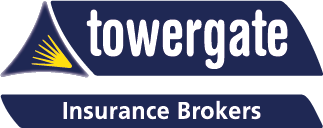A foreseeable risk is a situation which could result in injury or damage, and which could be predicted by a reasonable person with the necessary skills and knowledge.
Identifying a Foreseeable Risk
Risk assessments are the key to foreseeable risk and subsequent controls. The more you assess a task and engage your employees, the more likely you are to identify foreseeable risks.
There are three levels of knowledge that can be used to determine whether a risk is reasonably foreseeable - common knowledge, industry knowledge and expert knowledge. In most workplace situations, you are expected to identify and manage risks that require common knowledge and industry knowledge.
- Common Knowledge: we all have a range of cleaning products under our kitchen sinks at home that are potentially hazardous to health, and take common sense precautions when using them.
- Industry Knowledge: as soon as we are in a business environment and issue these products to our employees, we must have COSHH risk assessments and safe systems of work/use in place. Common sense is no longer enough; we must refer to the safety data sheets where manufacturers have listed the key risks, and put controls in place as to how the products should be safely used and stored.
- Expert knowledge: beyond the common knowledge and industry knowledge, there may be times when you need to call in the services of expert knowledge, for example air sampling and occupational health.
Taking time to check in more detail can highlight previously unknown risks; for example, bleach and ammonia are commonly found in household cleaners – but when mixed together they produce chloramine gas, which is toxic to humans and animals. Were you aware of this foreseeable risk?
Abnormal situations
Abnormal situations can also present risks. If you have a compactor you will have a full suite of risk assessments and safe systems of work – but this must also include controls for abnormal situations, such as breakdowns.
There have been too many incidents where an employee has hopped into the compactor to unblock the jam; they may even have isolated the equipment, but were you aware of the harnessed power in the ram? When you release the jam even though there is no power to the equipment the ram is released under pressure from the ‘hidden’ harnessed power, with potentially catastrophic results. Take a moment to review your risk assessments and ensure they cover abnormal situations.
Long-term risks
We are all now educated about the long-term foreseeable risks of noise, HAVs and working with asbestos but many years ago these risks hadn’t been taken fully into account. Life-changing results included industrial deafness, neurological symptoms, numbness, reduced dexterity, asbestosis; all thankfully now controlled by following the legislation and guidance in place.
Lock Out Tag Out
This is another common control of a foreseeable risk. If you work on powered equipment and don’t lock it off then there is nothing to stop another employee arriving at their workstation, completely unaware that the machine is being worked on, and turning it on – again, with potentially life-changing consequences. A simple, well-managed control can stop it and prevent this foreseeable risk.
Sadly, in Health & Safety we often become aware of these foreseeable risks following an incident at someone else’s expense; it’s time we got ahead of the game. Watch the full task repeatedly, as you don’t always see the full picture the first time. Talk to your employees; start by asking, ‘What if . . ?’
About the Author
This article is provided by our sister company, Stallard Kane, a specialist risk management service provider offering expert advice and solutions in Health and Safety, HR, Risk Solutions and Training. This article is for general guidance only and aims to provide general information on a relevant topic in a concise form. This article should not be regarded as advice in relation to a particular circumstance. Action should not be taken without obtaining specific advice.


